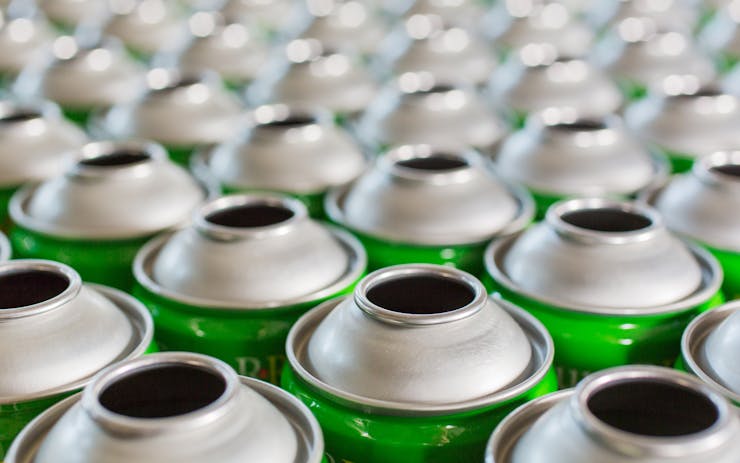In an effort to curb explosions linked to illicit cannabis extraction, Sacramento County is taking a tough new stance on butane—one that could soon be adopted across all of California.
Beginning next month, residents will be able to possess only 600 milliliters of the chemical solvent, or two standard-size cans. Retailers in the county will face similar restrictions, with butane sales capped at 600 milliliters per transaction. Sellers will also be required to record the date, quantity, and customer ID for every sale. No customer may purchase more than 600 milliliters of butane per month.
The limits, part of a county ordinance adopted May 23, are set to take effect June 22. State lawmakers are considering a similar measure, Assembly Bill 1120, that would expand those restrictions statewide.
While it’s already illegal under state law for unlicensed individuals to use butane or other volatile chemicals to produce cannabis concentrates, supporters of the new limits note that the number of injuries linked butane hash oil (BHO) production have been climbing over the past decade, as concentrates have spiked in popularity.
According to Dr. David Greenhalgh, chief of the burn division at UC Davis Medical Center, patients injured by butane explosions began showing up at the burn ward around 2007. Since then, he told the Sacramento Bee, the number of patients has grown to about 30 per year, making up roughly 7% of all burn victims. Some individuals are admitted with burns covering nearly their entire bodies and spend months in critical care units.
“Knowing what I know about the process for extracting cannabinoids,” Sacramento County Supervisor Phil Serna told the Bee, “I saw the need immediately for there to be some sort of intervention.”
While butane extraction is one of the cheapest, most effective ways to produce cannabis concentrates, it can also be one of the most dangerous. The process involves running butane through a tube filled with raw cannabis, then heating the resulting mixture to evaporate the butane. The result is a high-potency, waxy substance that can be vaporized, used in edibles, or smoked.
Because butane is clear, odorless, and heavier than air, it can accumulate indoors without detection. Highly flammable, it can then be ignited by a tiny spark, such from a refrigerator motor switching on.
Just one or two 300-milliliter cans of butane can blow up an entire department, according to Sacramento Fire Department Captain Mike Feyh, who’s working with state Assemblyman Jim Cooper (D-Elk Grove) to help pass Assembly Bill 1120, which would establish butane restrictions throughout California.
Dabbing often involves the use of a butane torch.
Many have likened the new restrictions to limits imposed on the cold drug pseudoephedrine, found in products like Sudafed and commonly used to produce methamphetamines. After federal regulations in 2005 imposed strict limits on pseudoephedrine sales, the number of meth labs fell dramatically. According to the Drug Enforcement Administration, incidents involving meth labs in the state fell from 180 in 2010 to just 47 in 2014.
While the new butane limits are aimed at curbing illegal concentrate production, they’re also likely to irritate at least some law-abiding cannabis consumers. Dabbing, a popular style of vaporizing concentrates, often involves the use of a butane torch. Heavy consumers or medical patients can easily go through Sacramento’s 600-milligram limit in the course of a month, raising questions about how to legally obtain a sufficient supply.
It’s also not clear how effective the ordinance will be at first, given the wide online availability of butane, which is used for everything from lighters to camp stoves to radio controlled airplanes. As the Bee notes, “a three-pack of 300 milliliter cans is available on Amazon for $19.99.”
In 2015, Gov. Jerry Brown vetoed a measure that would have established prison sentences of up to six years for extract makers who cause harm to others. In a veto message, he noted that the bill outlawed actions that were already illegal. “This multiplication and particularization of criminal behavior,” he wrote, “creates increasing complexity without commensurate benefit.”






